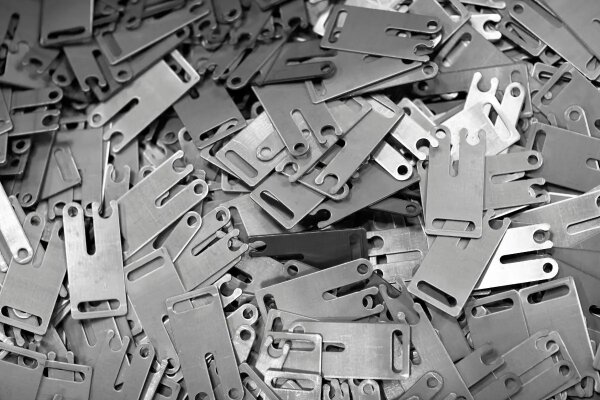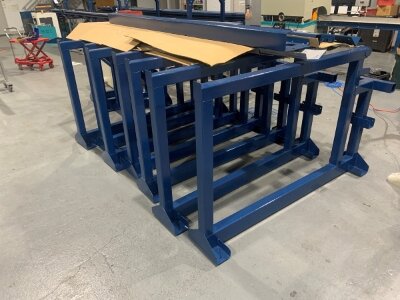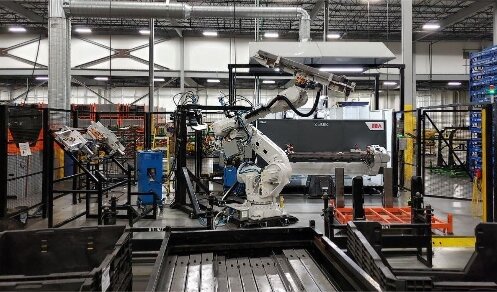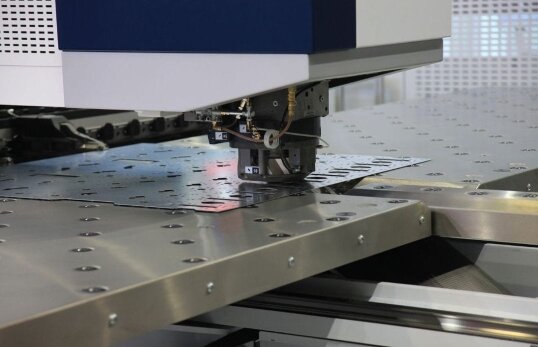Most people choose aluminum because it’s lightweight and resists corrosion. But that doesn’t mean it always performs as needed, especially in high-stress or high-heat situations. If you’re designing parts that require better strength or toughness, untreated aluminum may not be enough. It changes how the metal behaves, making it better suited for parts that need to last.
Heat treatment isn’t just for steel. Aluminum benefits too, especially in structural or moving parts where strength matters. Here’s how the methods work and why they’re worth using.
What Is Aluminum Heat Treatment?
Heat treatment is a process where aluminum is heated and then cooled in a specific way. The goal is to change the internal structure of the metal. This change affects the metal’s hardness, strength, and flexibility.
The metal goes through a set temperature range. Then it is either air-cooled, water-quenched, or slowly cooled. Each method gives different results. The choice depends on the type of aluminum and what the part will be used for.
Aluminum has a crystal structure inside. When you heat the metal to the right temperature, the atoms start to shift. Holding the metal at that temperature allows changes to happen inside.
Next, cooling locks those changes in place. Rapid cooling, or quenching, can trap atoms in a new state. Slower cooling lets atoms settle into a stable form. Aging is sometimes added to boost hardness and strength further.
Classification of Aluminum Alloys
Aluminum alloys come in many types. Each type behaves differently depending on how it’s made and how it reacts to heat. Knowing the differences helps choose the right material for the job.
Wrought vs. Cast Aluminum Alloys
Wrought alloys are made by rolling, extruding, or forging. They are strong and have good surface finishes. They are used in products like sheets, bars, and structural parts.
Cast alloys are poured into molds. They are good for complex shapes but may have more surface defects. These are used in parts like housings or brackets.
Wrought alloys are often stronger than cast ones. Cast alloys are better for parts with detailed shapes.
Heat-Treatable vs. Non-Heat-Treatable Alloys
Heat-treatable alloys can be made stronger by heating and cooling. These include the 2xxx, 6xxx, and 7xxx series. They get their strength from a process called precipitation hardening.
Non-heat-treatable alloys can’t be strengthened with heat. Instead, they are hardened by cold working. This includes the 1xxx, 3xxx, 4xxx, and 5xxx series. These are often used where high strength is not required but corrosion resistance is.
Common Aluminum Series and Their Characteristics
- 1xxx Series: Pure aluminum. Very soft. Great corrosion resistance and thermal conductivity. Not heat-treatable.
- 2xxx Series: Aluminum-copper alloys. High strength. Heat-treatable, but lower corrosion resistance.
- 3xxx Series: Aluminum-manganese. Good formability and corrosion resistance. Non-heat-treatable.
- 5xxx Series: Aluminum-magnesium. Strong and corrosion-resistant. Not heat-treatable.
- 6xxx Series: Aluminum-magnesium-silicon. Good balance of strength and corrosion resistance. Heat-treatable.
- 7xxx Series: Aluminum-zinc. Very high strength. Heat-treatable but harder to weld.
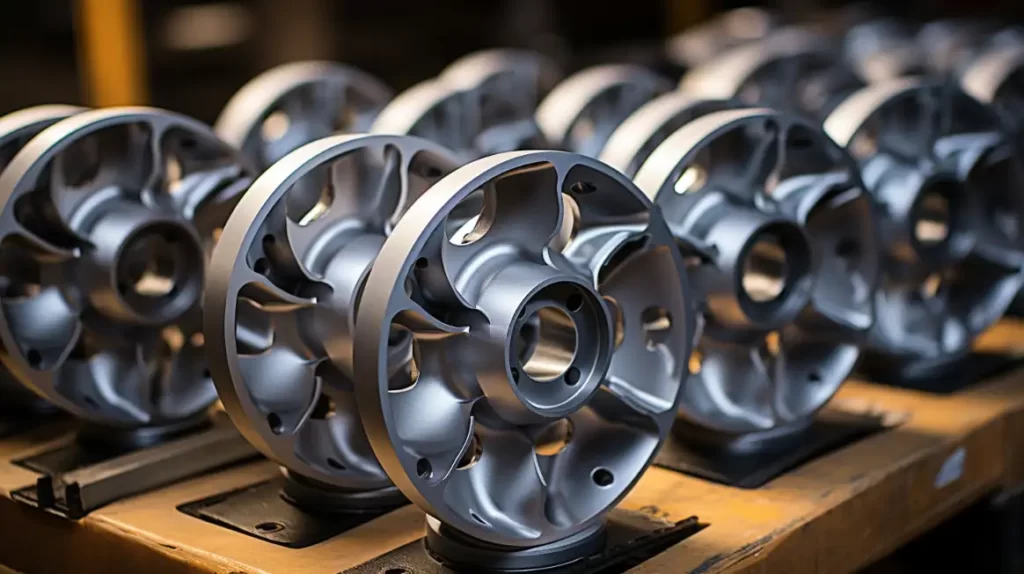
Fundamental Heat Treatment Processes
Each heat treatment method changes aluminum differently. Some make it softer for forming. Others make it harder for us. Picking the right process depends on the part’s function.
Annealing
Annealing softens aluminum. This makes it easier to bend or shape without cracking. It also helps relieve stress left from cold weather. This step is useful before forming or machining.
Aluminum is usually annealed at temperatures between 570°F and 770°F (300°C–410°C). The metal is held at that temperature, then cooled slowly. Furnace cooling is common. This slow cooling keeps the metal soft.
Solution Heat Treatment
In this step, the alloy is heated until the alloying elements dissolve. This creates a uniform solid solution. Holding it at the right temperature ensures the elements mix well.
Solution heat treatment temperatures are usually between 890°F and 980°F (475°C–530°C). The metal is soaked at this temperature for up to several hours, depending on part thickness. Precise temperature control is key to avoid melting or uneven treatment.
Quenching
After solution heat treatment, the part is cooled quickly. This step traps the dissolved elements in place. Water is the most common medium. Air and polymer solutions are also used, depending on the alloy and part shape.
Some alloys cool too slowly and form unwanted phases. These are called quench-sensitive alloys. Alloys in the 2xxx and 7xxx series are especially sensitive. Fast quenching helps keep the right structure for later aging.
Aging (Precipitation Hardening)
After quenching, aging makes the alloy stronger. Natural aging happens at room temperature. Artificial aging uses heat to speed up the process and control the results.
Natural aging can take several days. Artificial aging uses temperatures between 240°F and 375°F (115°C–190°C) for several hours. Each alloy has an ideal aging time and temperature to get the best strength.
Specialized Heat Treatment Methods
Some aluminum parts need extra treatment steps to reach the right strength or stability. These special methods help control internal stress, improve structure, or fine-tune hardness.
T5 and T6 Tempering Explained
T5 and T6 are common tempering treatments used after heat treatment. T5 means the part is cooled from a high-temperature process and then artificially aged. No solution heat treatment is done.
T6 means the part goes through solution heat treatment, quenching, and artificial aging. It offers better strength than T5. T6 is widely used in structural parts, frames, and components that must hold up under stress.
Homogenization for Cast Aluminum
Homogenization is used mostly for cast aluminum. It reduces segregation and improves uniformity in the metal.
This step involves heating the casting to a high temperature just below the melting point. It helps even out the alloying elements that separate during casting. This treatment improves how the metal responds to further processing, like extrusion or machining.
Stabilization and Stress Relieving Treatments
Stabilization is used when parts are exposed to changing temperatures in service. It helps prevent distortion.
Stress relieving removes internal forces built up during forming or machining. This is done by heating the part to a moderate temperature and then cooling it slowly.
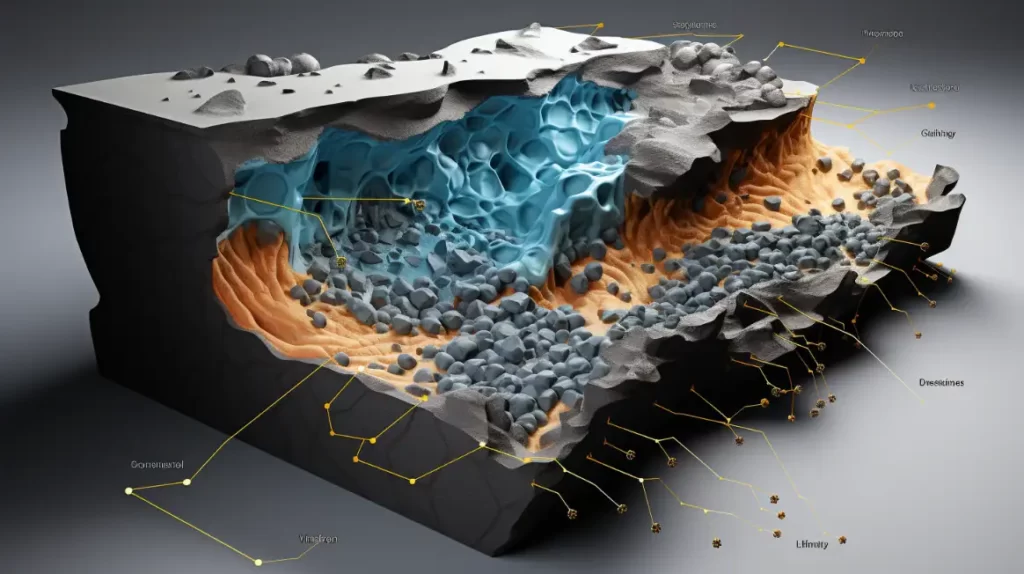
Equipment and Process Control
Good heat treatment depends on using the right tools and keeping tight control over the process. Without this, the results can be uneven or unpredictable.
Furnaces and Heating Systems
Most aluminum heat treatment is done in electric or gas-fired furnaces. Batch furnaces handle single loads. Continuous furnaces move parts through on a belt or track.
The choice depends on the volume, part size, and heating needs. The furnace must heat parts evenly and maintain the right temperature throughout the cycle.
Temperature Uniformity and Monitoring
Keeping the whole load at the correct temperature is critical. If one part of the batch is cooler or hotter, the treatment won’t work properly.
Thermocouples and control systems help check and maintain temperature. Uniform heating ensures every part reaches the same level of strength and structure.
Atmosphere Control to Prevent Oxidation
When aluminum is heated in open air, it can oxidize. This creates a rough surface that may affect strength or appearance.
Using controlled atmospheres, like nitrogen or argon, helps reduce oxidation. In some cases, protective coatings or wraps are added before heating.
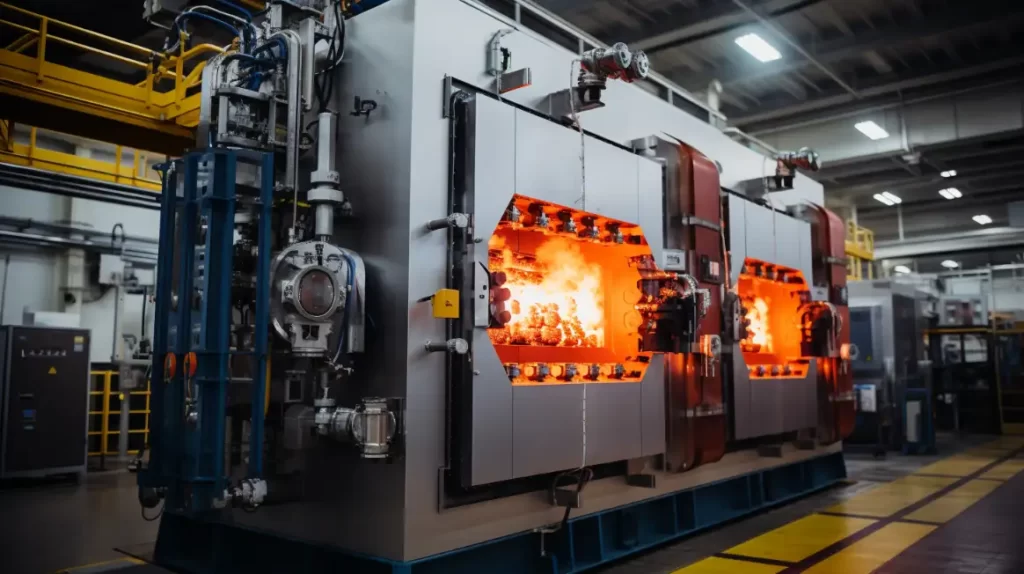
Mechanical and Physical Property Enhancements
Heat treatment changes how aluminum behaves. It boosts strength, but it can also affect how easily the material bends, how it looks, and how it resists damage.
Strength and Hardness Improvements
Heat-treated aluminum can be much stronger than untreated versions. Processes like solution treatment and aging increase hardness and tensile strength.
This is useful in parts that carry loads, resist wear, or need to hold tight tolerances. Series like 6xxx and 7xxx respond well to this kind of strengthening.
Ductility and Formability After Heat Treatment
While strength goes up, ductility may go down. That means the material becomes harder to bend or shape after treatment.
Some heat treatments, like annealing, do the opposite. They make aluminum softer and more formable. Choosing the right process depends on whether the part needs shaping or must stay strong.
Surface Finish and Corrosion Resistance Changes
Heat treatment can affect the surface look. Some treatments may darken or roughen the finish. Quenching can leave marks or cause slight warping.
Corrosion resistance can also change. Alloys in the 2xxx series, for example, lose some corrosion resistance after treatment. Others, like 5xxx, keep good resistance even without heat treating.
Heat Treatment Best Practices
Getting consistent results from heat treatment requires more than just heating and cooling. Each step—before, during, and after—must be handled with care.
Alloy-Specific Treatment Parameters
Each alloy reacts differently to heat. The correct temperature, soak time, and cooling method vary by alloy series.
For example, 6061 needs around 985°F for solution treatment. 7075 may need a different range. Using the wrong settings can lead to poor strength or even cracking.
Pre-Treatment Cleaning Requirements
Before heating, the surface must be clean. Dirt, oil, and oxides can affect how heat flows through the part.
Cleaning can be done with solvents, alkaline washes, or mechanical scrubbing. In some cases, a mild acid bath is used to remove surface oxides.
Post-Treatment Handling and Storage
After quenching or aging, parts must be handled carefully. Dropping or bending them can create stress or change the metal structure.
Store treated parts in dry, clean environments. Avoid stacking heavy items on them.
Conclusion
Aluminum heat treatment is a key process for improving strength, durability, and performance. Methods like annealing, solution treatment, quenching, and aging each serve a purpose. Choosing the right one depends on the alloy, part design, and application.
Need precision aluminum parts with the right heat treatment? Contact us today to discuss your project. We’re ready to help you choose the best solution for your needs.
Hey, I'm Kevin Lee

For the past 10 years, I’ve been immersed in various forms of sheet metal fabrication, sharing cool insights here from my experiences across diverse workshops.
Get in touch

Kevin Lee
I have over ten years of professional experience in sheet metal fabrication, specializing in laser cutting, bending, welding, and surface treatment techniques. As the Technical Director at Shengen, I am committed to solving complex manufacturing challenges and driving innovation and quality in each project.

